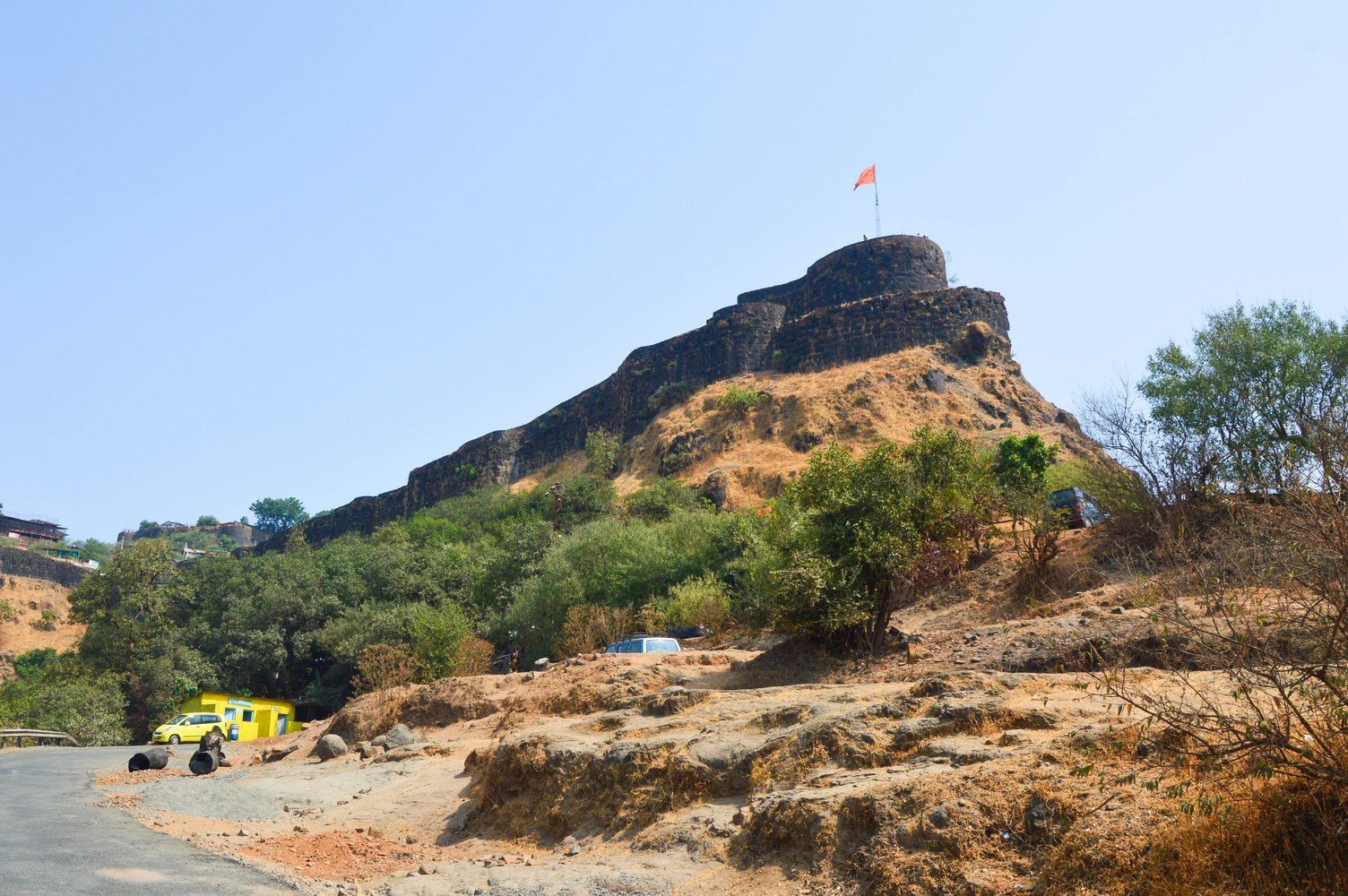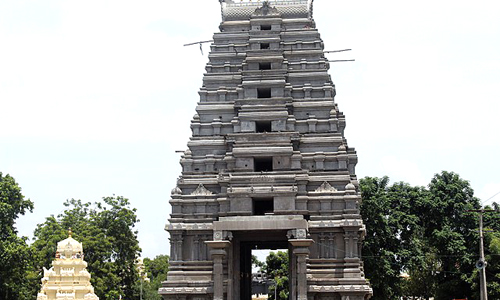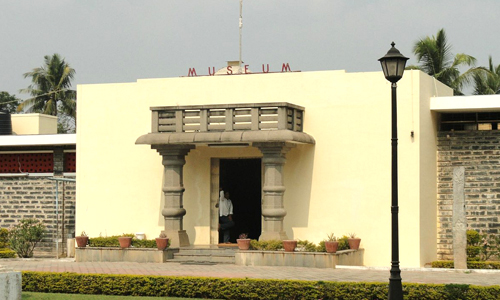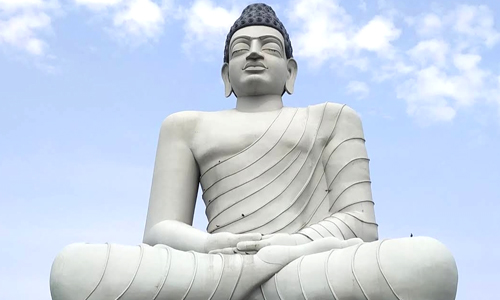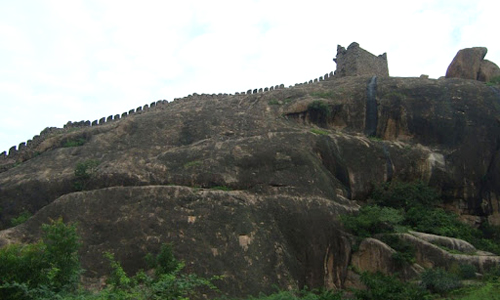The Amaravathi is home to the heritage monument and old Buddhist stupa known as the Amaravati Stupa. The Archaeological Survey of India is in charge of keeping the tomb safe. This is one of the biggest stupas in India and a very popular place to visit in Amaravati. It is also famous as the Mahachaitya, Deepaladinne, or the Great Stupa of Amaravati.
Builders constructed the stupa in stages between the 3rd century BCE and 250 CE. The grounds also have an Archaeological Museum. Emperor Ashoka sent someone to build the Stupa. The structure is made of brick and features a circular Vedika with Lord Buddha depicted sitting on an elephant in human form.
What is the Amaravati Stupa famous for?
People worldwide know the Great Amaravati Stupa as an old and famous landmark for its beautiful architecture and religious significance. It is a tower in the picturesque Buddhist style constructed during the Satavahana period, around the 2nd century BC. While on the Amaravati tour package, this stupa in Amaravati cannot be given a slip.
What are the historical details of Amaravati Stupa / Mahachaitya?
Some say it was built in the 3rd century BCE under the reign of Emperor Ashoka. However, historians have yet to find concrete proof to support this claim. Builders built the stupa in two stages. The first stage had only simple fences, granite pillars, crossbars, and coping stones. The second construction phase started around 50 BCE and continued until 250 BCE.
What is the architectural style of Stupa?
Some people think that the Amaravati Stupa is bigger than the Sanchi Stupa, which is also in Andhra Pradesh. The structure is 27 metres tall and 50 metres across. It has a brick-built circular Vedika and four rectangular Ayaka platforms that stick out in each direction.
The five pillars of the platform stand for the five most essential events in Lord Buddha's life: his birth, his great renunciation, his enlightenment, his first lecture, and his death. On these platforms, you can also find a crystal and an ivory case containing bone pieces, valuable stones, pearls, and gold flowers.


